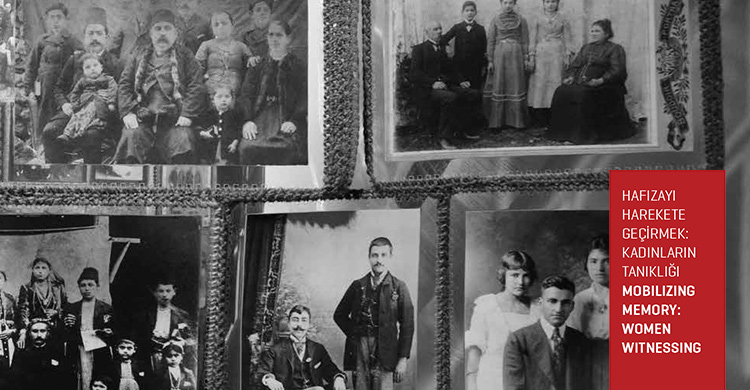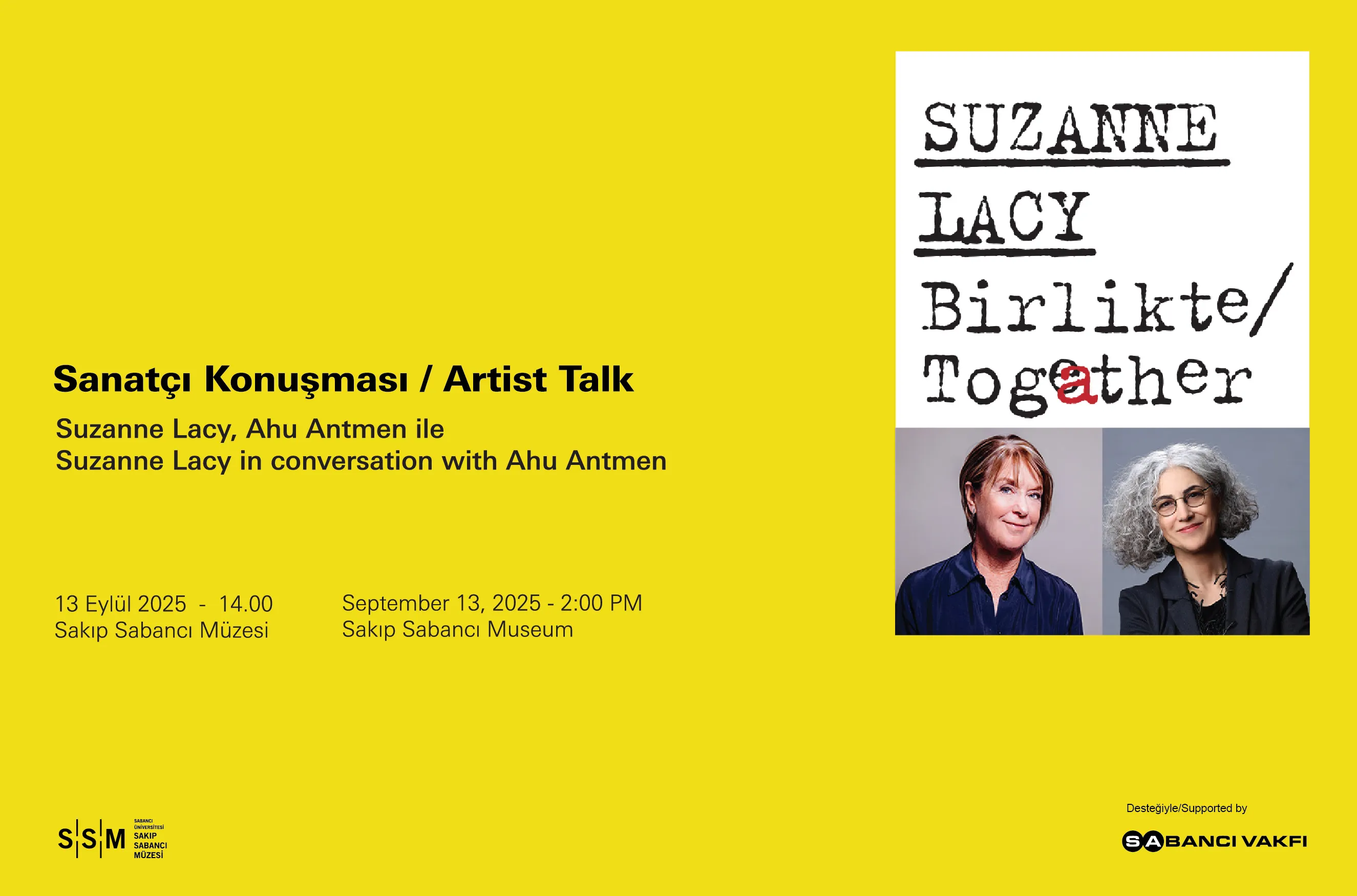29/09/2014
Curated by Sabancı University Faculty of Arts and Social Sciences member Ayşe Gül Altınay and Işın Önol, the exhibition will be available for viewing at Depo until October 3rd, 2014.

The feminist works of Turlish and foreign artists in the exhibition imagine memory as an element of resistance policies, and mobilizes memories and witnesses of violence throughout time and around the world by putting forward ways of remembering that are outside of the official approach in order to support the struggle for social difference.
The “Mobilizing Memory: Women Witnessing” exhibition held as part of the Mobilizing Memory for Action workshop organized by Sabancı University Gender and Women’s Studies Forum, Columbia Global Centers l Turkey, and Columbia University Center for the Study of Social Difference is available for viewing at Depo
Curated by Sabancı University Faculty of Arts and Social Sciences member Ayşe Gül Altınay and Işın Önol, the exhibition will remain open until October 3rd, 2014. Artists in the exhibition include Gülçin Aksoy, Hera Büyüktaşçıyan, Silvina Der-Meguerditchian, Hakikat Adalet Hafıza Merkezi (Center for Truth, Justice and Memory), Gülsün Karamustafa, Susan Meiselas, Nar Photos (Serra Akcan, Fatma Çelik, Gülşin Ketenci, Aylin Kızıl, Serpil Polat), Lorie Novak, Emine Gözde Sevim, and Aylin Tekiner.
The feminist art work displayed in this exhibit imagines memory as part of a larger politics of resistance. It mobilizes memories of past and present violence precisely to create the conditions and the motivations for social change. Bringing together women artists many of whom are themselves direct witnesses to oppression and terror, the exhibit also reveals moments of resilience, resistance, and creative survival. The artists gathered here use memory in innovative ways. They foreground unofficial acts of witness and forms of commemoration--embodied practices, performances, photography, testimony, street actions—that provide alternative histories and different political imaginaries than do official archives, memorials, museums, and state commemorations. They make visible not only violent crimes and their gendered dimensions, but also the intimate texture of lives and communities that have survived or are fighting to survive immense destruction.
Some questions that the exhibited works discuss are: What is the role of witnessing in practices of resistance: resistance to enforced silence and forgetting, to state power, and to inaction? What role do the arts play in combating the erasure of past violence from current memory and in creating new visions and new histories for future generations? In particular, what unique strategies have women devised to reveal and redress the violence directed at woman and at other disempowered social groups?
For more information about the project and events:
http://globalcenters.columbia.edu/istanbul/
Exhibition catalog: http://socialdifference.columbia.edu/publications/mobilizing-memory-women-witnessing-exhibition-catalogue/


